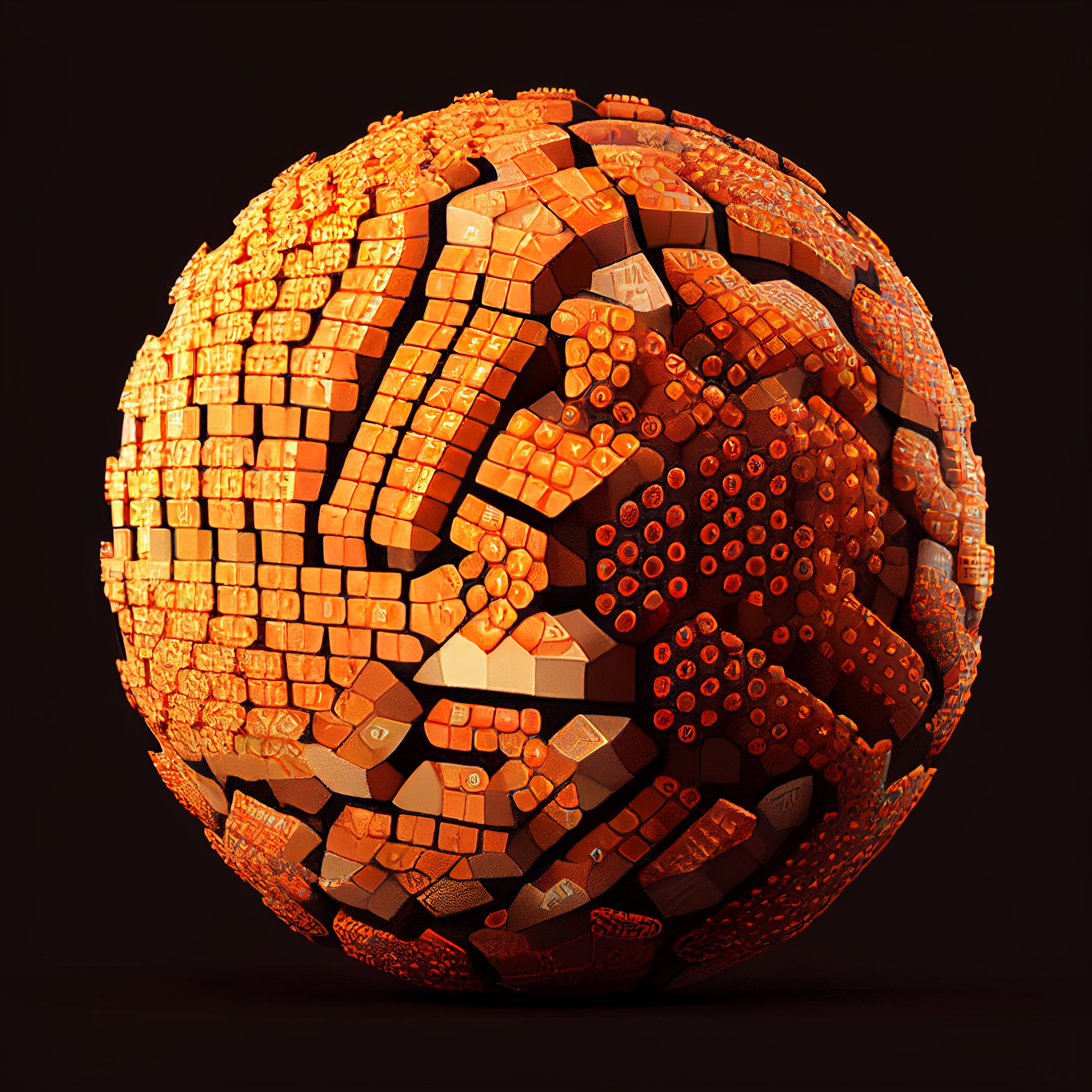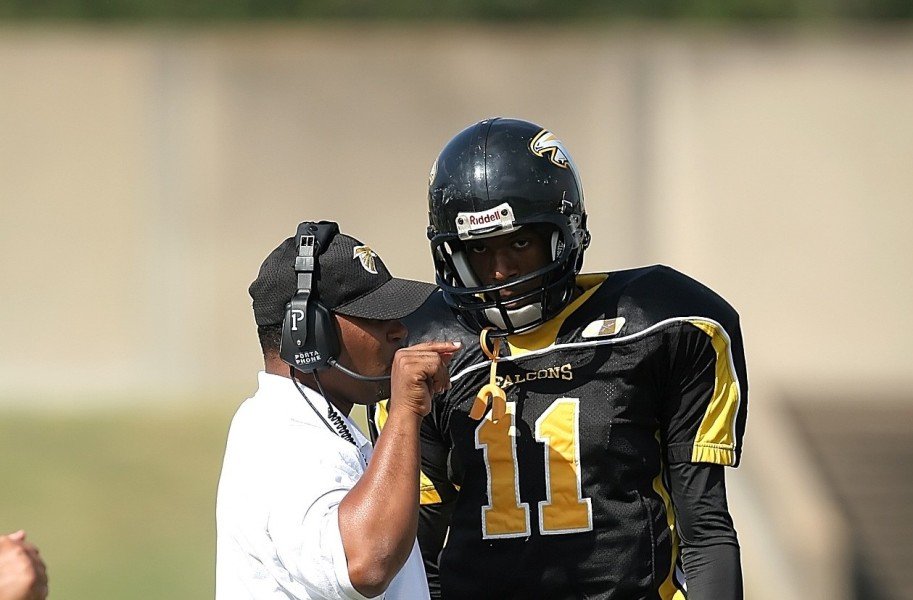
Smarter Play, Bigger Pay: How Intelligence Fuels NFL Success
In the NFL, athleticism gets you noticed — but intelligence keeps you on the field. Research shows players who think faster and see smarter outperform expectations, proving cognitive intelligence drives long-term success — and record-breaking contracts.

Beyond the Stats: How AI, System Fit, and Football IQ Shape NFL Quarterback Success
“It’s not that quarterbacks fail—it’s that the fit fails. A first-round QB might have every tool to succeed, but if the system doesn’t match their strengths, the career never reaches its potential. With AIQ+, we can finally measure that fit before it’s too late.” – Dr. Scott Goldman, with Brock Osweiler

Unlocking the Value of Kick Returners in the NFL with the New Rules and the AIQ
This week, the NFL introduced a significant change to its kickoff rules, mandating that both the kicking and receiving teams remain stationary until the ball is either caught by the returner or touches the ground. While seemingly subtle, this alteration promises to reshape the dynamics of kick returns, placing a premium on players who possess exceptional spatial awareness, decision-making abilities, and lightning-quick reaction times.



Seeing The Net
Goal scoring, game points, and the number of penalties a player received were all able to be predicted by assessing the athletes’ cognitive abilities.

The Role of Visual Spatial Processing in Professional Sports
In the NFL, Visual Spatial Processing is particularly relevant for quarterbacks, as it affects their pocket presence and field awareness. For example, quarterbacks with strong Spatial Awareness can maintain good spacing from their linemen and make better decisions when the pocket collapses. Our AIQ data shows that the top 15 quarterbacks in the NFL last year had significantly better Spatial Awareness than the other QB’s in the league.

Think you could learn an NFL Playbook? Maybe.
When people think of football players, they probably first think of their size, speed, and athleticism (and perhaps how hard they can hit!). But the mental aspect of the game is incredibly important. Of the different elements of sport cognition, one that plays a unique role is learning efficiency. This cognitive ability is critical to learning football techniques, skills, and strategy efficiently and recalling this information later, when needed.

Can your brain help prevent an ACL tear on the field?
In addition to impacting sports performance at all levels, dynamic cognitive abilities like Visual Spatial Processing have also been found to correlate with injury risk for elite athletes.
